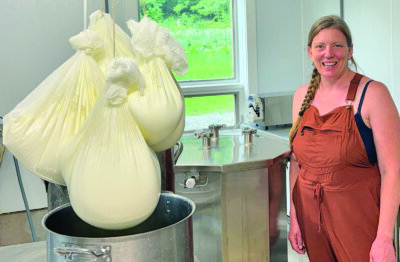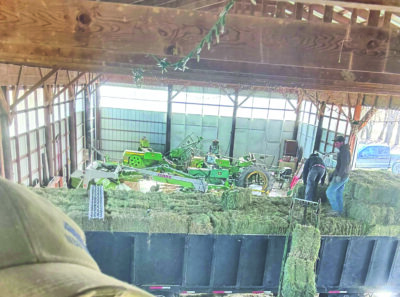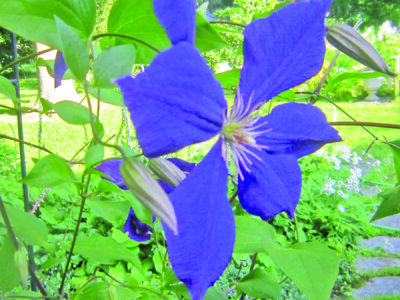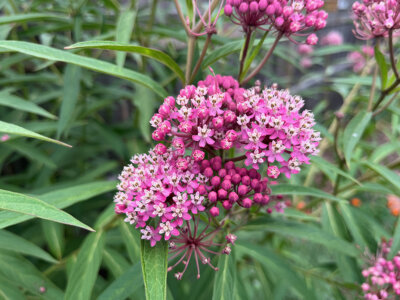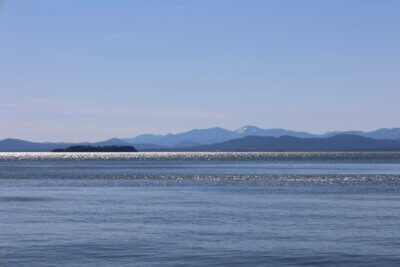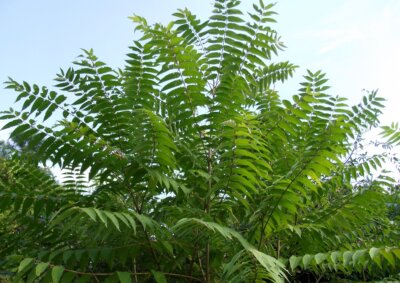Most red pine is remnant of outmoded pine plantations
(This story has been updated to correct the Latin name of Eastern white pine to Pinus strobus.)
While some people call all evergreen trees “pines,” pines are actually a distinct group of closely related trees in the Pinus genus.
While Vermont is home to four species of native pines, the two most common are Eastern white pine (Pinus strobus) and red pine (Pinus resinosa). Of these two species, white pine is by far the most common, the most charismatic, the most valuable, the most celebrated. Red pine is a more idiosyncratic tree, the under-appreciated younger sibling of the pine world.
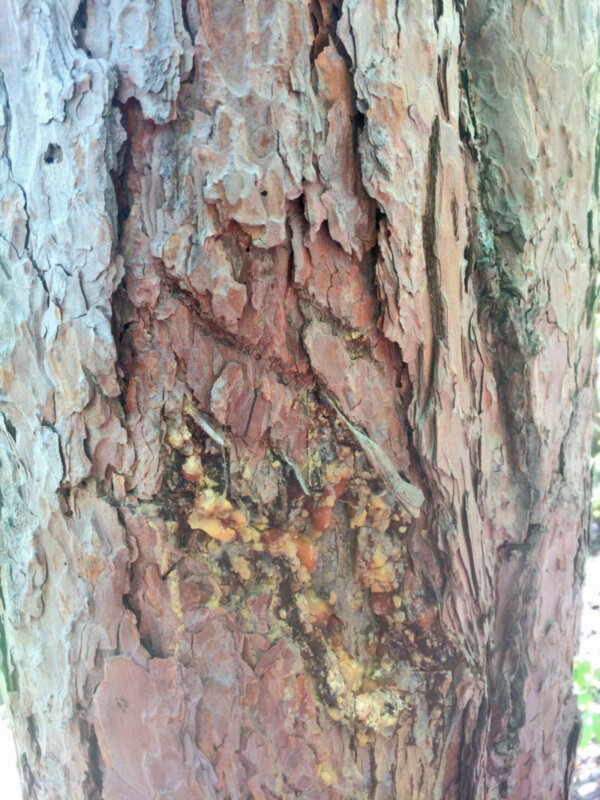
Red pine bark with bear bitemark and claw mark.
To me, the foliage of white pines looks soft and cloud-like, comprised of thin, delicate needles in clusters (fascicles) of five. While healthy white pines usually have straight, columnar trunks, many have multiple stems as a result of damage from the white pine weevil, a native insect which attacks white pine trees growing in the open.
By comparison, red pines look like bottlebrushes, with a single, arrow-straight trunk topped with a tuft of coarse-looking foliage — relatively thick, brittle needles in fascicles of two. Red pine bark is distinctive: an extremely flaky mosaic of pink, red and grey that looks a bit like broken slate.
Like our white pines, most of Vermont’s red pines are legacies of historic land use. Whereas most white pines trees are “volunteers” growing on abandoned agricultural land, nearly all our red pines are planted stands (plantations).
Along with white pine, non-native Scotch pine and Norway spruce, red pine was widely planted in the early-1900s, with many plantations established by the Civilian Conservation Corps (CCC) in the 1930s and 1940s. More red pine was planted in the mid-1900s, as white pine blister rust swept across North America and red pine was lauded as a resistant alternative to white pine. As late as the 1960s and 1970s, farmers in Vermont were reportedly incentivized to convert old fields into red pine plantations.
In the early-1900s, plantations were considered the height of responsible forestry, a way to grow timber quickly and efficiently, while stabilizing soils and protecting water supplies. Today, for a variety of reasons, healthy red pine plantations are the exception, not the rule, and plantation forestry is largely seen as an antiquated and ineffective method of growing trees and forests in Vermont.
At a time when the future of our forests depends on bolstering resilience and reducing vulnerability, plantations are nearly the opposite of the forests that we need: monocultures which are extremely vulnerable to pests, pathogens, catastrophic natural disturbances and the many effects of climate change and global change. In many cases, the most responsible action with respect to wildlife habitat, biodiversity protection, carbon and climate resilience is to use forest management to transition red pine plantations into diverse, multi-aged forests.
In Vermont, unplanted red pine is somewhat uncommon. It can be found scattered across south-facing slopes and dry sites, often growing with red oak, red maple, red spruce, white pine and beech. Red pine is a component of several uncommon natural communities, such as red pine forest (usually found on thin-soiled ridgetops, like at the top of the Preston Pond Conservation Area’s Libby’s Look Trail and at the Andrews Community Forest), dry oak forest and pine-oak-heath sandplain forest (such as at Sunny Hollow Natural Area in Colchester).
While red pine provides habitat for a variety of wildlife, my favorite example is the way that it is used by black bears, which rub on red pines, claw and bite them, using them as territorial markers. The next time you see an individual red pine tree in the woods, look for bitemarks and claw marks. In my experience, you will nearly always find them.
Red pine, like most pine species, is fire-adapted — considered an indicator of forests that may have historically burned. Fire creates two conditions which benefit red pine: soil scarification (the removal of the leaf litter, exposing the mineral soil beneath) and large canopy openings (red pine is intolerant of shade). While fire is uncommon on our landscape today, we can create these conditions by managing some forests in the summertime, when dragging trees and the tires of logging equipment can create scarification, and by making some larger (larger than 1 acre) openings. Doing these things will encourage red pine as well as a whole suite of trees, shrubs and plants that are adapted to these same conditions.
(Ethan Tapper is the Chittenden County Forester for the Vermont Department of Forests, Parks and Recreation. See what he’s been up to, check out his YouTube channel, sign up for his eNews and read articles he’s written.)
Related Stories
Popular Stories
If you enjoy The Charlotte News, please consider making a donation. Your gift will help us produce more stories like this. The majority of our budget comes from charitable contributions. Your gift helps sustain The Charlotte News, keeping it a free service for everyone in town. Thank you.
Andrew Zehner, Board Chair




